Texas caviar, also known as cowboy caviar, is a Southern dish that combines black-eyed peas, sweet corn, bell peppers, onions, jalapenos, tomatoes, and black beans into an unforgettable dip that can be served at your dinner party or game day.
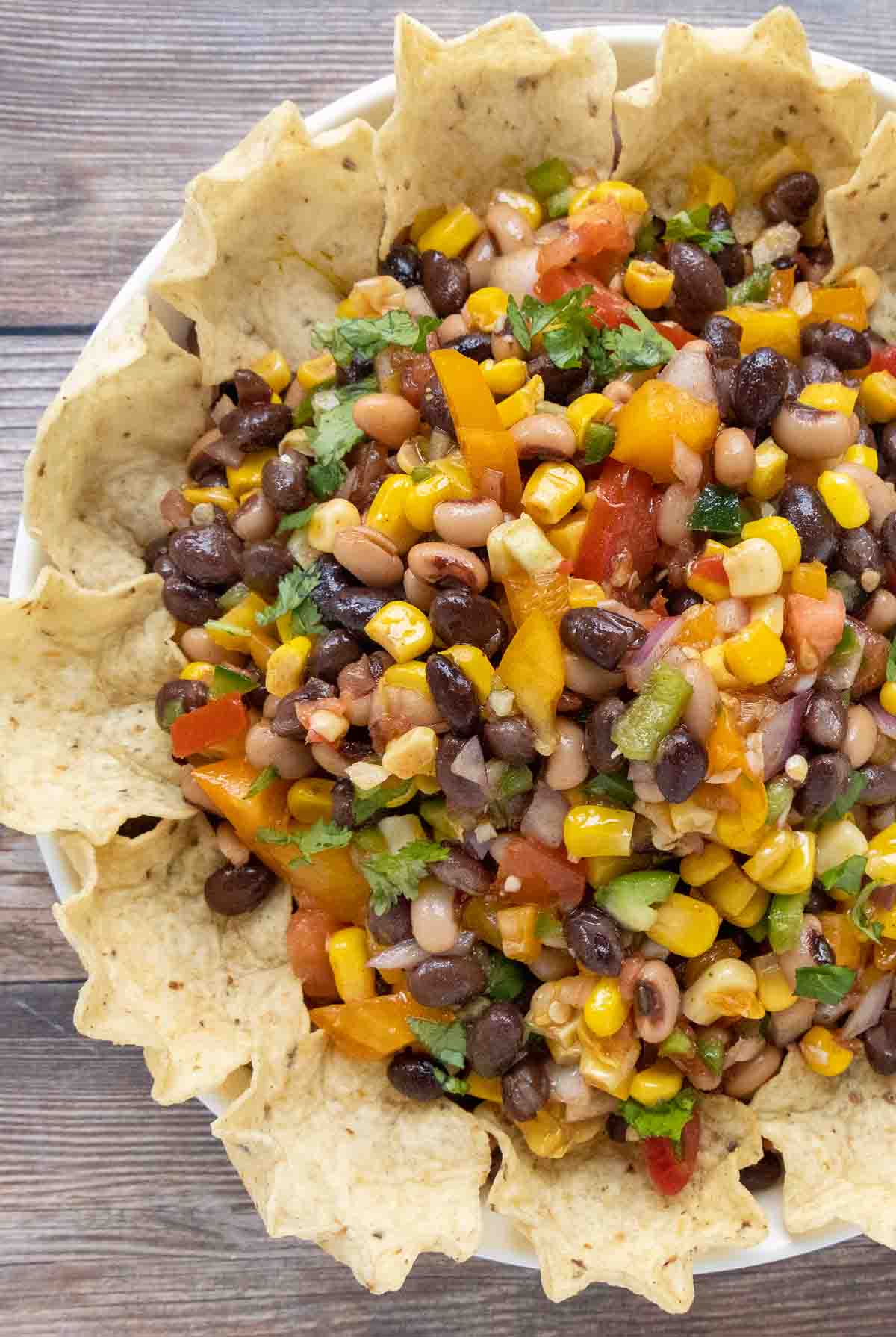
Combined with a zesty vinaigrette dressing, this flavorful salsa dip will be a welcome addition to your next tailgate party or family gathering. Packed with fresh vegetables and a little heat, this versatile dish can be served with corn chips or as a side salad at summer gatherings.
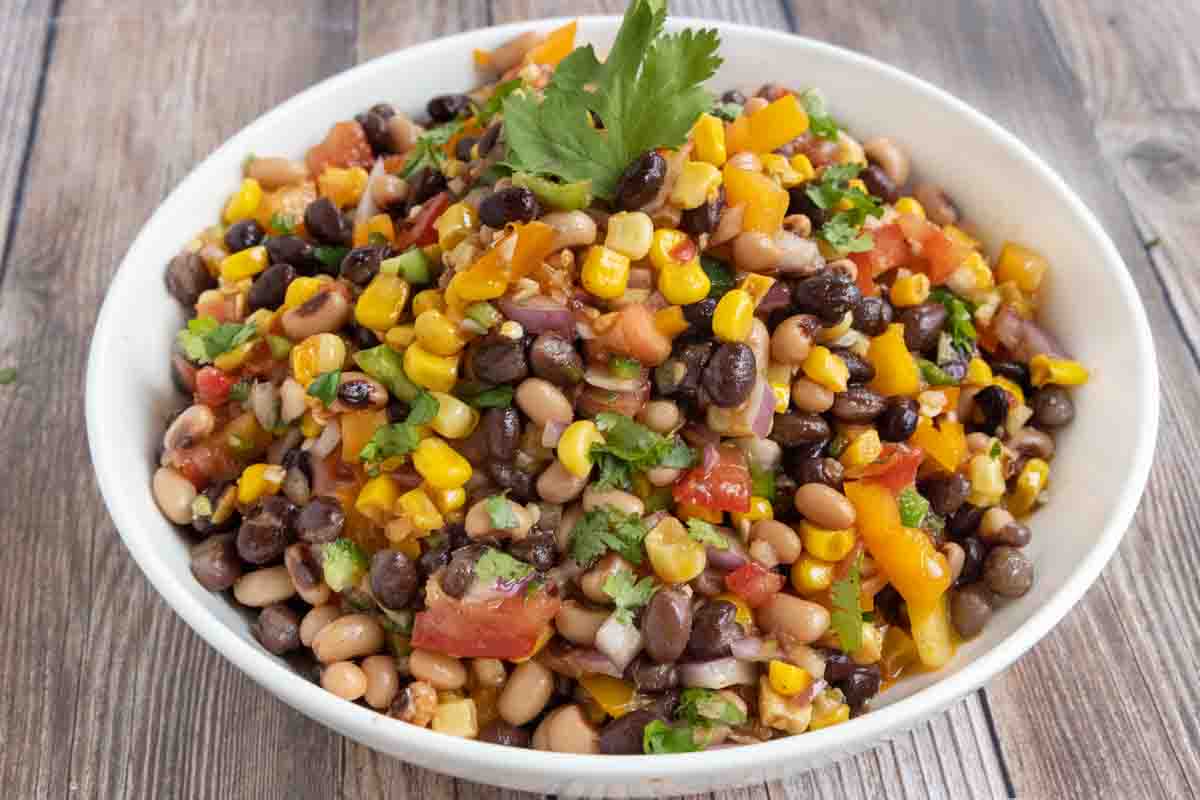
Bright and colorful, bursting with flavor, after one bite, I know you’ll agree that this is the best Texas caviar you’ve ever made. My cowboy caviar recipe is easily adaptable and can be made with the ingredients you enjoy eating, so have fun making this Southern classic.
If you enjoyed this delicious dip, make sure to try our eggplant caponata recipe; it’s another delicious dip your whole family will enjoy.
Ingredients to make Texas Caviar (Cowboy Caviar)
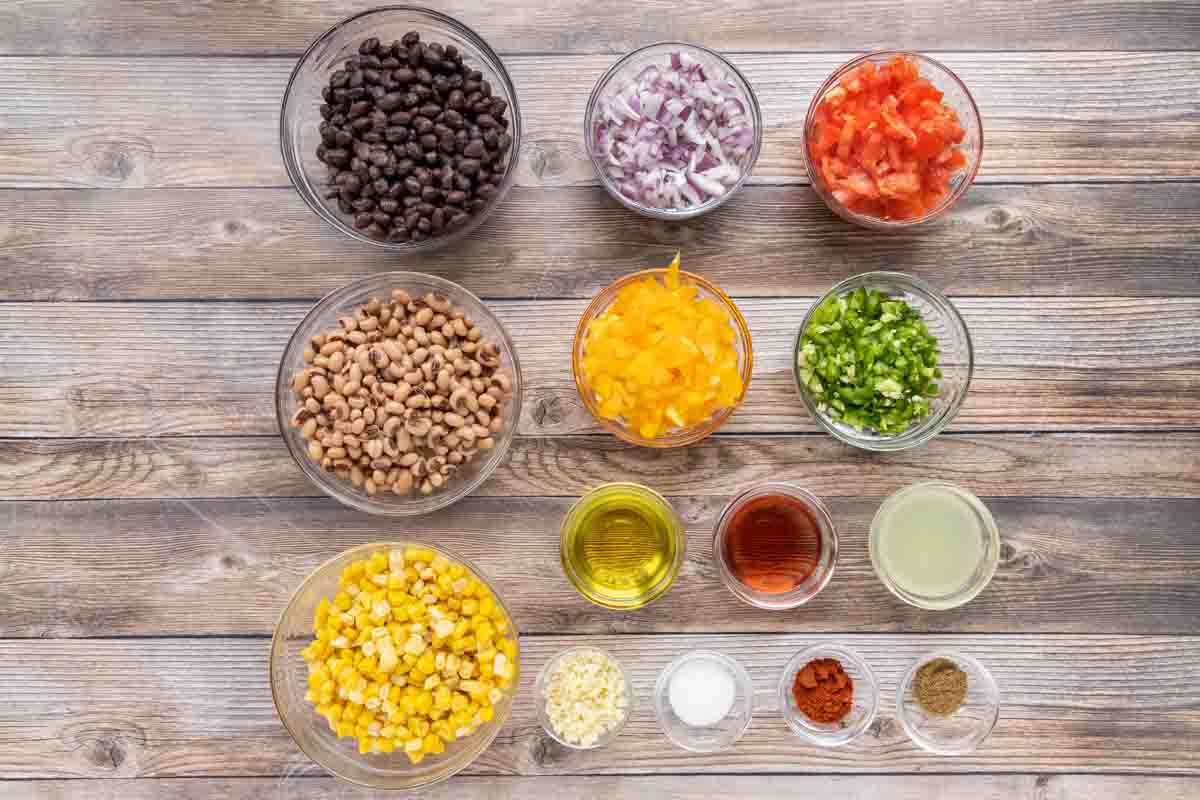
Let’s start by gathering the ingredients needed to make my Texas caviar recipe (cowboy caviar). In Chef Speak, this is called the “Mise en Place,” which translates to “Everything in its Place.”
Not only does setting up your ingredients ahead of time speed up the cooking process, it also helps ensure you have everything you need to make the dish.
Can I use other ingredients to make Texas Caviar?
Absolutely. If you’re not a fan of black beans, you can use pinto beans, chili beans, or your favorite canned beans. You can also green bell peppers or red bell peppers if you prefer to make my Texas caviar recipe.
White wine vinegar or apple cider vinegar can be used instead of red wine vinegar. You can also substitute ¼ of the vinegar of your choice with balsamic vinegar for a flavor boost.
I used regular fresh tomatoes to make this dip, but Roma tomatoes, cherry tomatoes, or grape tomatoes can also be used. You can also use canned diced roasted tomatoes to make this delicious dip; just make sure to drain off the excess juice.
You can also change up the seasonings by adding chili powder, oregano, garlic powder, black pepper, and even a little cayenne pepper if you’d like to turn up the heat. Use your favorite seasonings and fresh herbs to create the flavor profile you enjoy eating.
How to make Texas Caviar
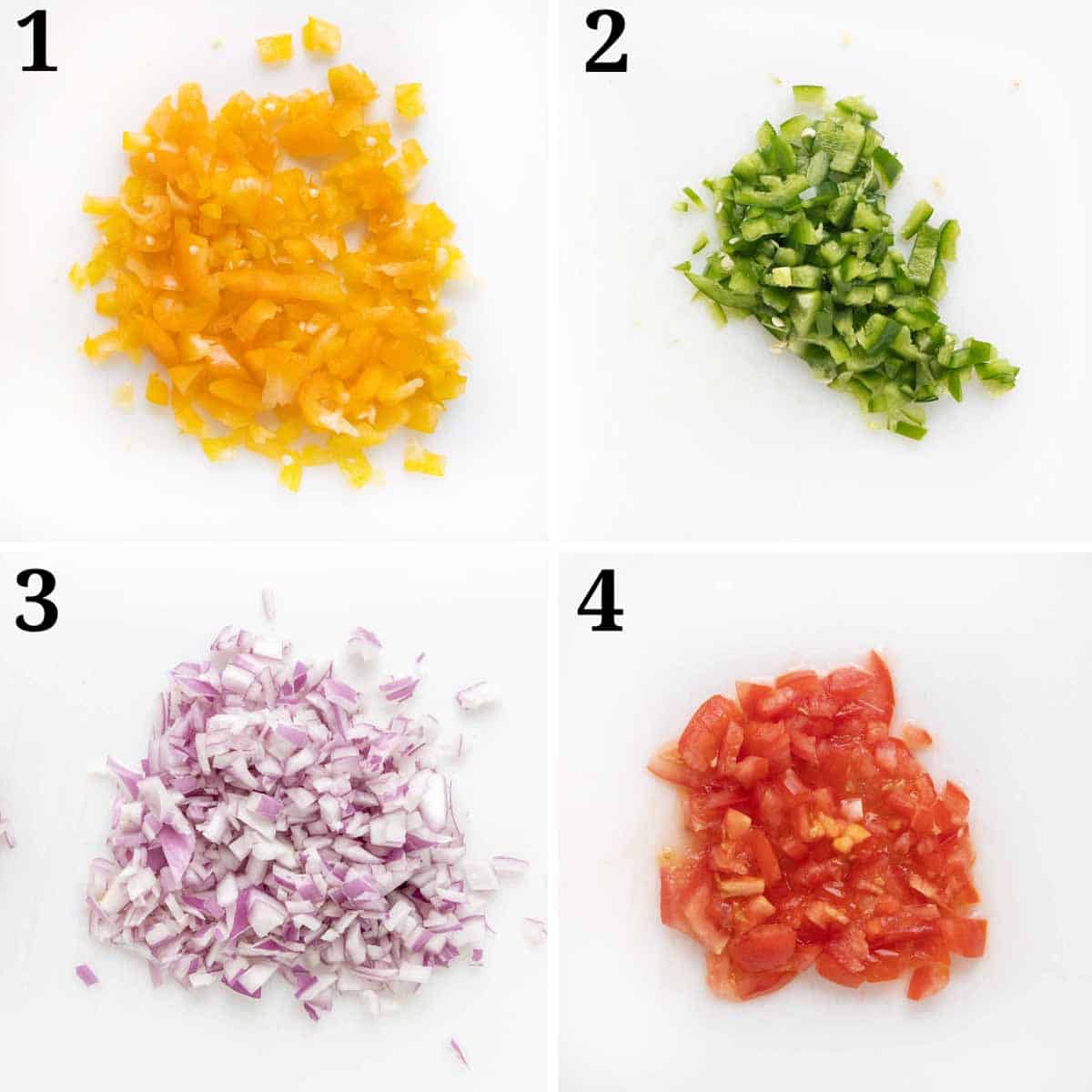
Dice the bell pepper, jalapeño pepper, red onion, and tomato, and set the chopped fresh veggies aside until needed.
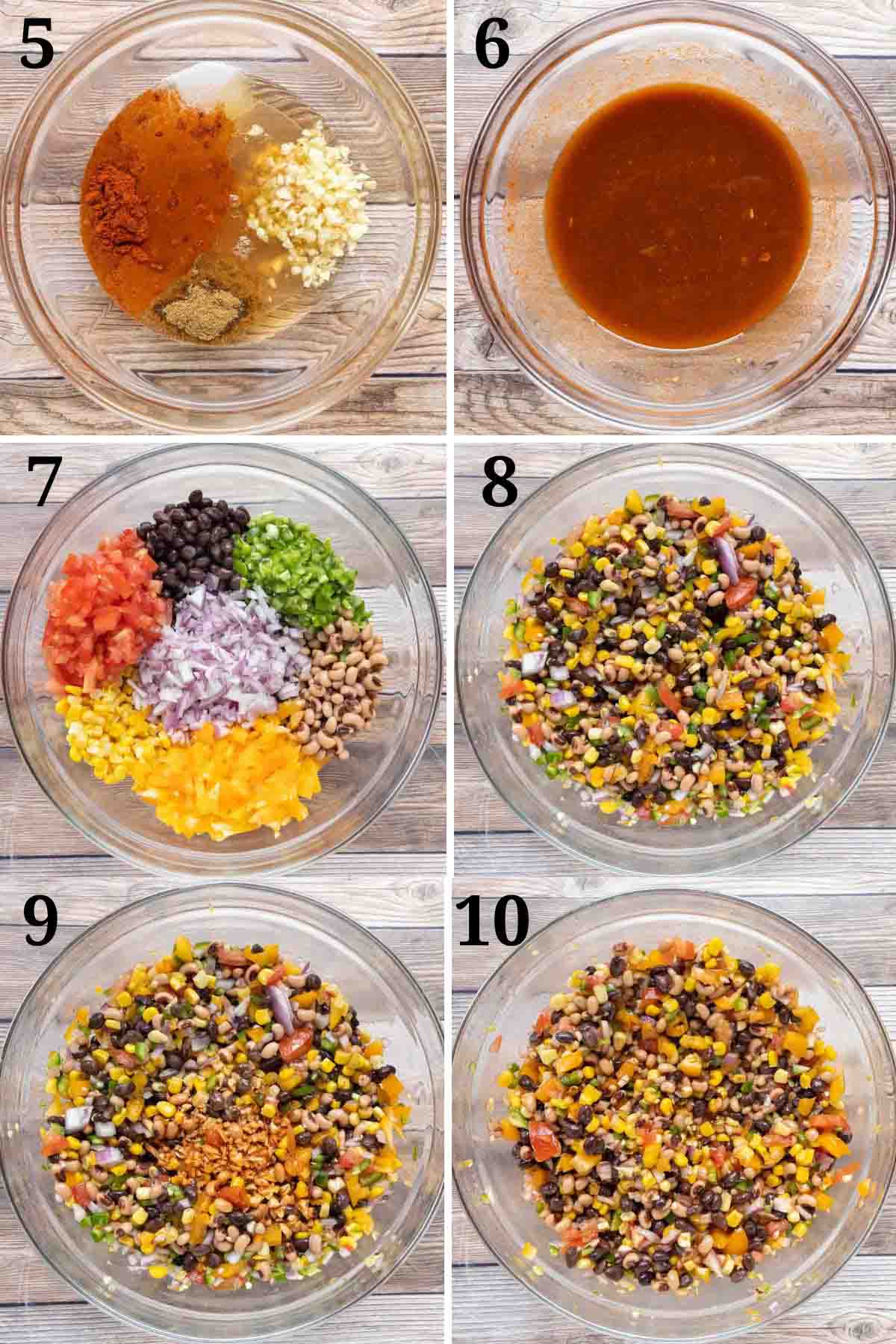
- Add the olive oil, red wine vinegar, lime juice, garlic, salt, smoked paprika, and cumin into a small bowl.
- Whisk to thoroughly combine the ingredients, and set aside until needed.
- Drain and rinse the black-eyed peas and black beans and add them to a large bowl. Drain the can of sweet corn and add it to the same bowl. Then, add the diced fresh vegetables to the bean and corn mixture.
- Stir to combine the ingredients.
- Pour the dressing over top of the vegetable bean mixture.
- Gently stir to thoroughly combine the dressing with the dip ingredients.
*If time permits, cover the Texas caviar with plastic wrap and refrigerate for two hours or until ready to serve.
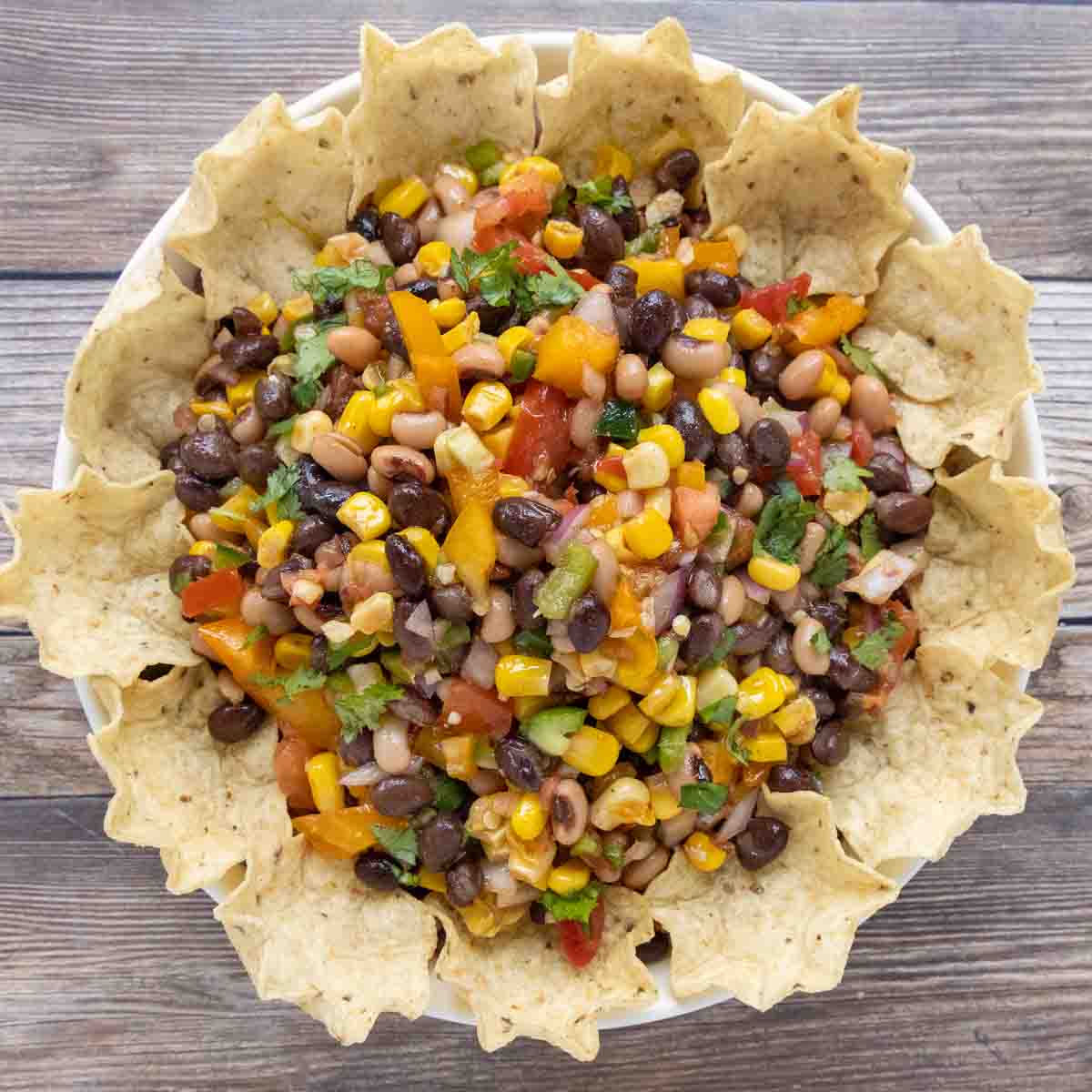
Serve the Texas caviar with your favorite tortilla chips or other dipper favorites like pita chips, bagel chips, or pretzel chips. I promise whether you serve at a dinner party, game day, or potluck, this simple dip is sure to be a hit.
Save any leftover Texas caviar refrigerated in an airtight container for 2-3 days.
Recipe FAQ’s
The zesty vinaigrette dressing is one of the main reasons this delicious dip is hard to resist. That, coupled with the fact that it goes so well with tortilla chips, crackers, and other dippers, as well as a condiment on tacos and burritos, makes it extremely popular.
This flavorful dip is usually served cold or at room temperature. This makes it the perfect dish for tailgating, picnics, and potlucks.
Yes, the basic recipe is both vegan and gluten-free, making it suitable for a wide range of dietary preferences.

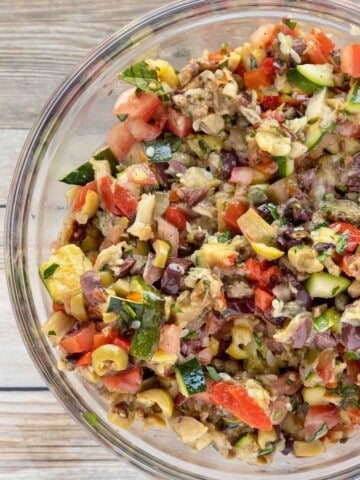
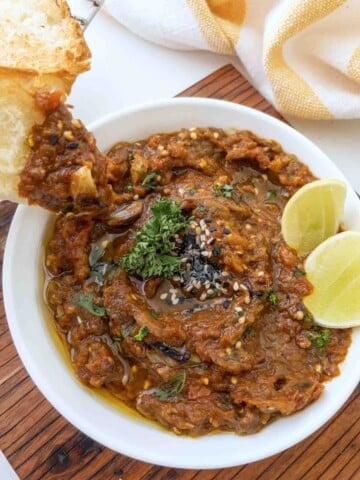

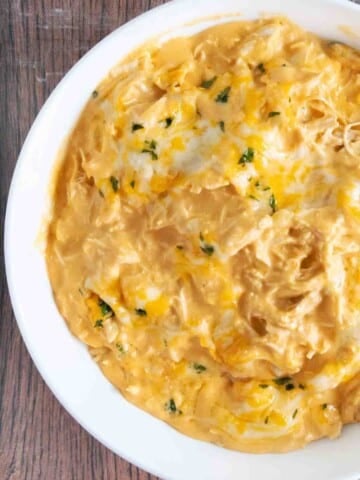
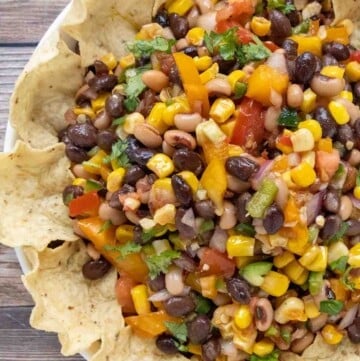
Lisa B says
Spot on dish! Made with just Black Beans, turned out great. Thanks for another great recipe Chef.
Serena Cheng says
This is a fabulous blog post. Thanks for sharing it!